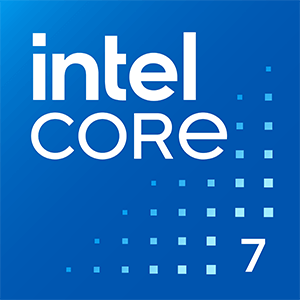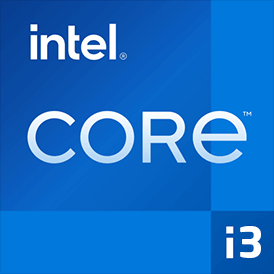Intel Core 7 150U vs Intel Pentium N4200
We compared two laptop CPUs: Intel Core 7 150U with 10 cores 1.8GHz and Intel Pentium N4200 with 4 cores 1.1GHz . You will find out which processor performs better in benchmark tests, key specifications, power consumption and more.
Main Differences
Intel Core 7 150U 's Advantages
Released 7 years and 5 months late
Better graphics card performance
Higher specification of memory (6400 vs 2400)
Larger memory bandwidth (83.2GB/s vs 38.4GB/s)
Newer PCIe version (4.0 vs 2.0)
Higher base frequency (1.8GHz vs 1.1GHz)
More modern manufacturing process (10nm vs 14nm)
Intel Pentium N4200 's Advantages
Lower TDP (6W vs 15W)
Score
Benchmark
Cinebench R23 Single Core
Intel Core 7 150U
+514%
1874
Intel Pentium N4200
305
Cinebench R23 Multi Core
Intel Core 7 150U
+884%
9560
Intel Pentium N4200
971
Geekbench 6 Single Core
Intel Core 7 150U
+760%
2556
Intel Pentium N4200
297
Geekbench 6 Multi Core
Intel Core 7 150U
+934%
8980
Intel Pentium N4200
868
Passmark CPU Single Core
Intel Core 7 150U
+374%
4010
Intel Pentium N4200
845
Passmark CPU Multi Core
Intel Core 7 150U
+712%
17381
Intel Pentium N4200
2138
General Parameters
Jan 2024
Release Date
Aug 2016
Intel
Manufacturer
Intel
Laptop
Type
Laptop
x86-64
Instruction Set
x86-64
Raptor Lake Refresh
Core Architecture
Apollo Lake
150U
Processor Number
N4200
BGA-1744
Socket
BGA-1296
Iris Xe Graphics (96EU)
Integrated Graphics
HD Graphics 505
Core 7 (Raptor Lake-U)
Generation
-
Package
-
-
-
10 nm
Manufacturing Process
14 nm
-
-
-
12-15 W
Power Consumption
6 W
55 W
Max Turbo Power Consumption
-
100°C
Peak Operating Temperature
105 °C
Intel
Foundry
-
-
-
-
-
-
-
-
-
-
-
-
-
CPU Performance
2
Performance Cores
4
4
Performance Core Threads
4
1.8 GHz
Performance Core Base Frequency
1.1 GHz
5.4 GHz
Performance Core Turbo Frequency
-
8
Efficiency Cores
-
8
Efficiency Core Threads
-
1.2 GHz
Efficiency Core Base Frequency
-
4 GHz
Efficiency Core Turbo Frequency
-
10
Total Core Count
4
12
Total Thread Count
4
100 MHz
Bus Frequency
-
18x
Multiplier
-
-
-
-
80 K per core
L1 Cache
96 K per core
1280 K per core
L2 Cache
2 MB per core
12 MB shared
L3 Cache
-
No
Unlocked Multiplier
No
-
-
-
-
1
SMP
-
-
-
-
-
-
-
Memory Parameters
DDR5-5200, DDR4-3200, LPDDR5-6400, LPDDR5x-6400, LPDDR4x-4267
Memory Types
DDR3L-1866, LPDDR3-1866, LPDDR4-2400
96 GB
Max Memory Size
8 GB
2
Max Memory Channels
2
83.2 GB/s
Max Memory Bandwidth
38.4 GB/s
No
ECC Memory Support
No
Graphics Card Parameters
true
Integrated Graphics
true
300 MHz
GPU Base Frequency
250 MHz
1300 MHz
GPU Max Dynamic Frequency
750 MHz
768
Shader Units
144
48
Texture Units
18
24
Raster Operation Units
3
96
Execution Units
18
15 W
Power Consumption
10 W
7680x4320 - 60 Hz
Max Resolution
3840x2160 - 30 Hz
1.69 TFLOPS
Graphics Performance
0.23 TFLOPS
AI Accelerator
-
-
-
-
-
-







